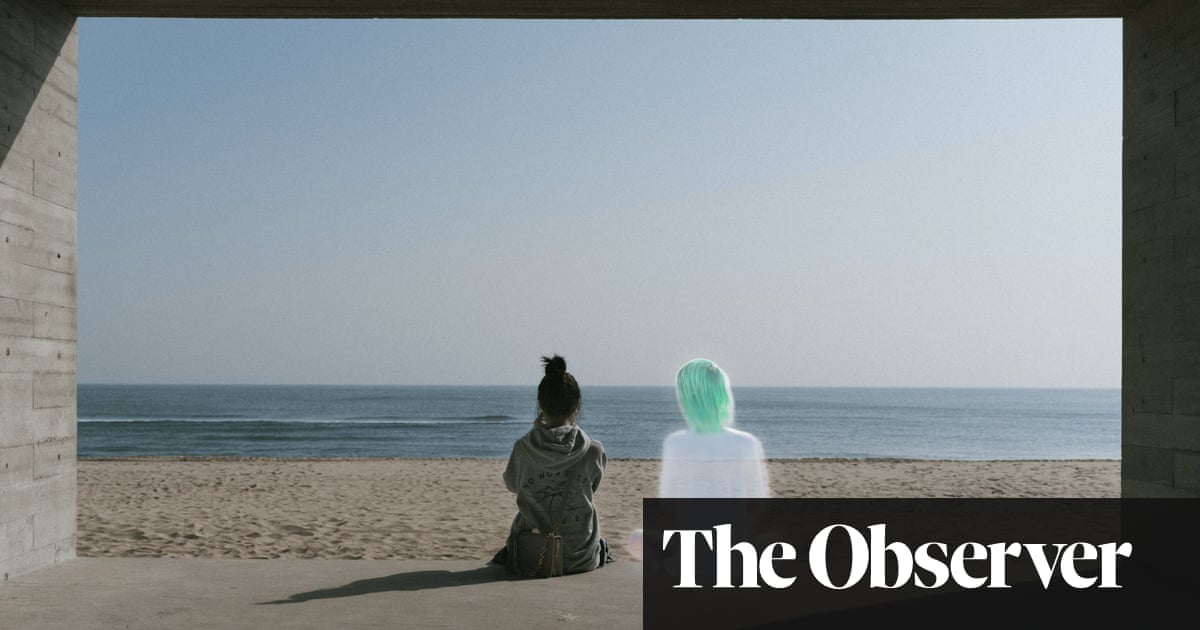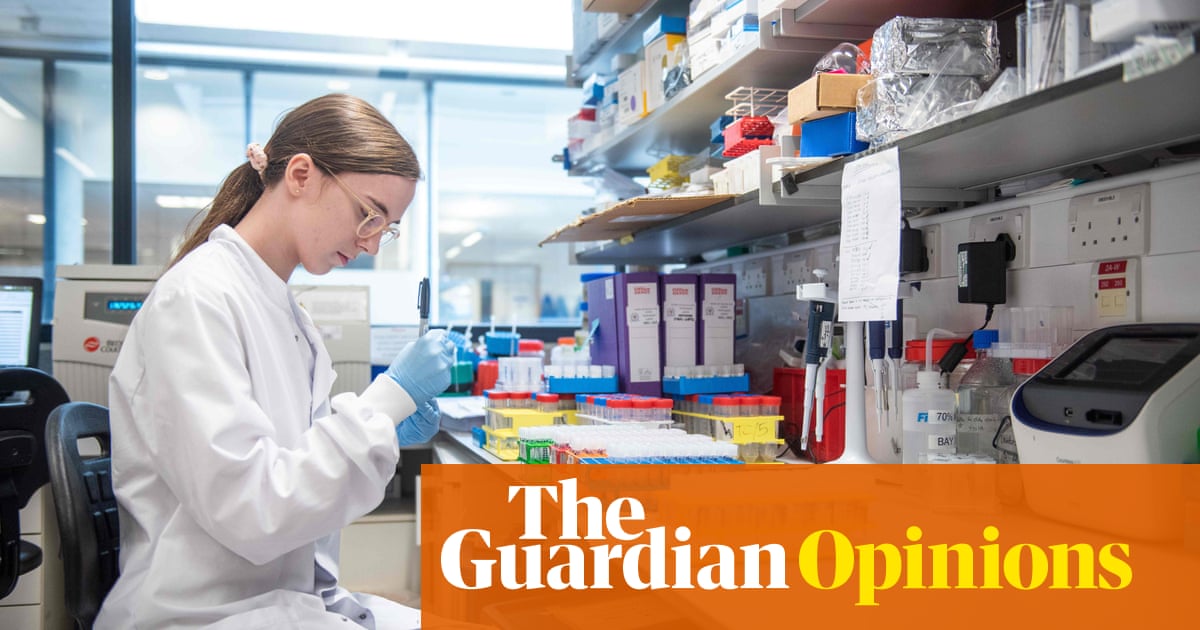
I’m asking David Best about the significance of objects and there’s a stunned silence on the line. “When you ask me that, I’m still thinking about your husband dying in 2018,” he finally replies before pausing again – overwhelmed by my very personal cue. “Just the fact that someone is willing to tell me that their husband died. That’s a really generous gift that you’re sharing. My god, it’s just such a privilege to be in this position.”
Best spends about a third of his time talking to people like me who have lost something irreplaceable. Whereas my exploration of grief reluctantly began at a hospice in London, Best’s was initiated, over 20 years ago, among the arid crests of Nevada’s Black Rock desert. The sculptor was working with a young artist called Michael Hefflin at the time, making a contribution for the Burning Man festival, when Hefflin took off on his motorbike one night, “racing at the moon at 140mph”, and was killed. At the cemetery, his friends said that Michael would want them to go to the festival. So they did. Best brought some scrap wood from a toy factory, “and we built this thing – nothing to do with spiritual bullshit, just a thing. But as we started building, it became obvious to these kids that we were making something for the friend who they had lost.” They lit it “unceremoniously” and it went up in flames. The next year, Burning Man asked him to build a temple.
“I thought, what would I dedicate a temple to if I was building one?” He imagined a single person who had taken their life. He imagined the guilt or confusion that might be left behind for those who were grieving. “I wanted the person who had experienced that loss to celebrate their son or their mother,” he says. That year, 10,000 people wrote down the names of their departed loved ones and placed them inside the structure before it was set on fire.
Since Best built that first Burning Man temple in 2000, the Californian artist has made many more. This afternoon, he is talking to me from a production cabin on a hill in Bedworth, Warwickshire, in a spot called the Miners’ Welfare Park – the site of an old colliery in “the town that never forgets” – where he is constructing Sanctuary, a work commissioned by the Artichoke Trust to commemorate Britain’s loss during the Covid-19 pandemic. Made out of intricate panels of birch plywood, it is a structure that Artichoke’s Helen Marriage describes as “the most incredible giant jigsaw puzzle”.
Best’s pyramidal structures don’t just acknowledge the transience of life, they welcome it in – and Sanctuary is no different. Over the course of a week, the public will be encouraged to donate words, objects or mementos to adorn the walls, and the spaces between. “No building should be more important than the people who walk into it,” Best says. “We’re not building a well-crafted castle, we’re building something that feels safe.” It is within this relative safety that grievers will bring their memories, and leave them behind; not to forget, but perhaps to make their peace with the past. “What’s permanent?” Best asks. In many ways, the title of this structure poses this question, too. The medieval Latin etymology of the word “sanctuary” means “right of asylum.” And what is grief, if not a form of homelessness?
Best isn’t making a temple for 10,000 people, he says. He’s making it for you. Objects can be tough to let go of, he tells me, and he’s conscious of this responsibility. “I have to be trustworthy. If you bring something, I promise we’ll protect it,” he says. On Saturday 28 May, his living sculpture, bejewelled with thousands of keepsakes and scraps of handwritten paper, will be ceremonially set alight in what Best and Artichoke hope will be a cathartic release.
At the time of writing, the total UK mortality figure from Covid-19 stands at 177,000 deaths. Part of the nation’s grief involves recovering our sight of the individual: parents and partners, siblings and friends. “The anger that I’m feeling, permeating your country right now with Boris Johnson,” Best says. “I’m hearing from people walking around here saying, ‘Look what’s happened, you let my people die.’”
Collective grief and memory will be offered up to the flames. Either a person can burn something and it’s gone, or they can burn it and it’s saved. The decision, Best tells me, is unique to every one of us. He recalls a man who came up to him during the construction of one of his temples. “My son died by suicide,” the father told him, “and you set him free.”
There may be those who call this all theatrics. But there is a purpose to these structures that goes beyond the visible act of dropping a match and setting something alight. Best isn’t blind to the naysayers. It could be “hocus pocus bullshit” for some people, he says. “But if you need someone to say, ‘You’re OK,’ then you don’t doubt it.”
Towards the end of our conversation, we inevitably return to my late husband. We circle back to objects and things. “What do you have left from your husband?” he asks me, as we discuss what I might bring. “I’ve made these little windows, so I could give you a niche. Kat, without pressuring you, will you come?”
Sanctuary: A Covid Memorial to the Nation is in Bedworth, Warwickshire, from 21 to 28 May












